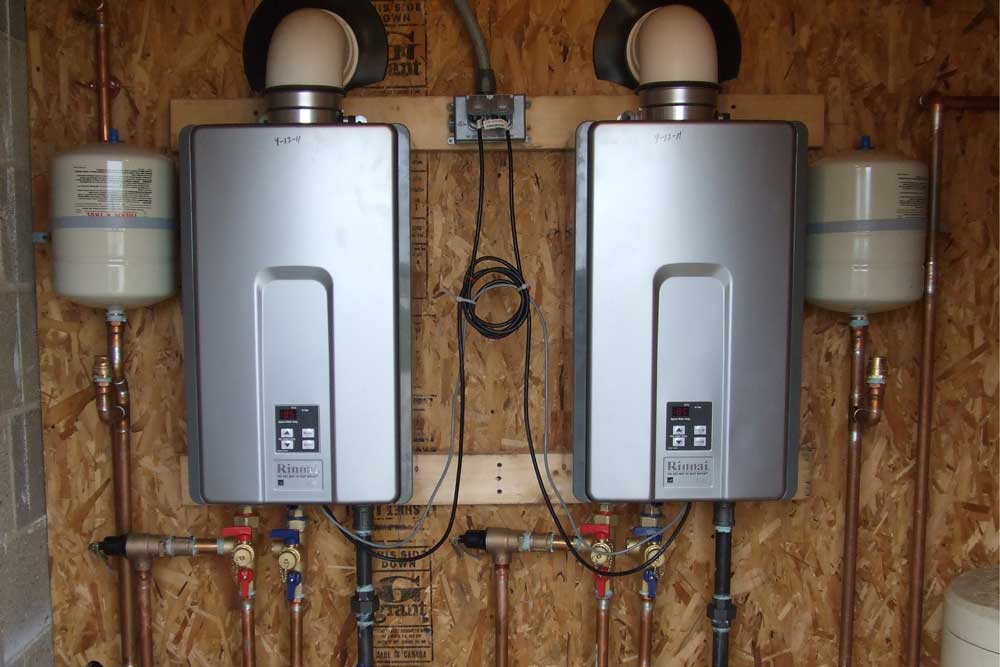Ensuring Durability of Your Home's Hot Water System: Care Tips
Ensuring Durability of Your Home's Hot Water System: Care Tips
Blog Article
Are you interested in facts and techniques on Tips on Maintaining a Water Heater?

Warm water is crucial for everyday convenience, whether it's for a rejuvenating shower or cleaning dishes. To ensure your hot water system runs efficiently and lasts much longer, normal upkeep is vital. This post provides practical pointers and understandings on exactly how to preserve your home's hot water system to avoid disruptions and costly repairs.
Intro
Preserving your home's warm water system may seem challenging, but with a few straightforward actions, you can guarantee it operates smoothly for years ahead. This overview covers every little thing from comprehending your hot water system to do it yourself maintenance pointers and understanding when to call in specialist assistance.
Relevance of Maintaining Your Warm Water System
Routine maintenance not just extends the life-span of your hot water system yet likewise guarantees it operates successfully. Disregarding upkeep can cause reduced effectiveness, higher energy bills, and even early failing of the system.
Indicators Your Warm Water System Needs Maintenance
Knowing when your hot water system needs interest can stop major problems. Keep an eye out for indications such as irregular water temperature level, strange sounds from the heating unit, or corroded water.
Flushing the Hot Water Heater
Purging your hot water heater eliminates debris accumulation, improving effectiveness and prolonging its life.
Checking and Changing Anode Rods
Anode poles avoid deterioration inside the tank. Evaluating and changing them when broken is vital.
Facility Problems Requiring Professional Assistance
Instances consist of significant leakages, electric problems, or if your hot water heater is continually underperforming.
Regular Expert Upkeep Conveniences
Specialist maintenance can include thorough evaluations, tune-ups, and ensuring conformity with safety standards.
Inspecting and Adjusting Temperature Setups
Readjusting the temperature setups makes sure optimum efficiency and safety and security.
DIY Tips for Upkeep
You can perform a number of maintenance jobs yourself to keep your warm water system in leading condition.
Checking for Leaks
On a regular basis check pipes and connections for leaks, as these can lead to water damages and greater expenses.
Comprehending Your Hot Water System
Before diving into maintenance jobs, it's handy to comprehend the fundamental components of your warm water system. Normally, this consists of the water heater itself, pipes, anode poles, and temperature level controls.
Regular Monthly Maintenance Tasks
Routine monthly checks can aid catch minor issues prior to they intensify.
Evaluating Pressure Relief Valves
Evaluating the stress safety valve ensures it functions appropriately and protects against extreme pressure build-up.
Protecting Pipes
Shielding warm water pipes reduces warm loss and can save power.
When to Call an Expert
While DIY upkeep is useful, some issues call for expert knowledge.
Verdict
Routine upkeep of your home's hot water system is vital for performance, durability, and price savings. By complying with these ideas and understanding when to look for specialist help, you can make sure a trusted supply of warm water without unexpected disruptions.
How to Maintain an Instant Hot Water Heater
Before tinkering with your hot water heater, make sure that it’s not powered on. You also have to turn off the main circuit breaker and shut off the main gas line to prevent accidents. Also turn off the water valves connected to your unit to prevent water from flowing into and out of the appliance. 2. When you’re done, you have to detach the purge valves’ caps. These look like the letter “T†and are situated on either side of the water valves. Doing so will release any pressure that has accumulated inside the valves while at the same time avoid hot water from shooting out and burning your skin. 3. When the purge valves’ caps are removed, you have to connect your hosing lines to the valves. Your unit should have come with three hoses but if it didn’t, you can purchase these things from any hardware or home repair shops. You can also get them from retail stores that sell water heating systems. Read the user’s manual and follow it to complete this task properly. When the hosing lines are connected, open the purge port’s valves. 4. You should never use harsh chemical cleaners or solutions when cleaning your unit. Make use of white vinegar instead. It should be undiluted and you’ll probably use about 2 gallons. 5. Now flush your water heater. This task should probably take about 40 minutes. We can’t give you specific directions for this because the procedure is carried out depending on the type, model and brand of your heater. With that being said, refer to the user’s manual. 6. When you’re done draining the unit, you have to turn off the purge port valves again. Remove the hosing lines that you earlier installed on each of the water valves. Put the valve caps (purge port) back in their respective places and be very careful so as not to damage the rubber discs that are found inside these caps. 7. Now that everything’s back in place, check your user’s manual again to find out how to reactivate your water heating system. 8. Once it is working, turn one of your hot water faucets on just to let air pass through the heater’s water supply pipes. Leave the tap on until water flows smoothly out of it. https://www.orrplumbing.com/blog/2014/september/how-to-maintain-an-instant-hot-water-heater/

I came across that article about Tips on Maintaining a Water Heater while doing a search on the internet. Loved our posting? Please quickly share it. Let another person locate it. Thanks a lot for your time. Kindly come visit our site back soon.
Suggested Site Report this page